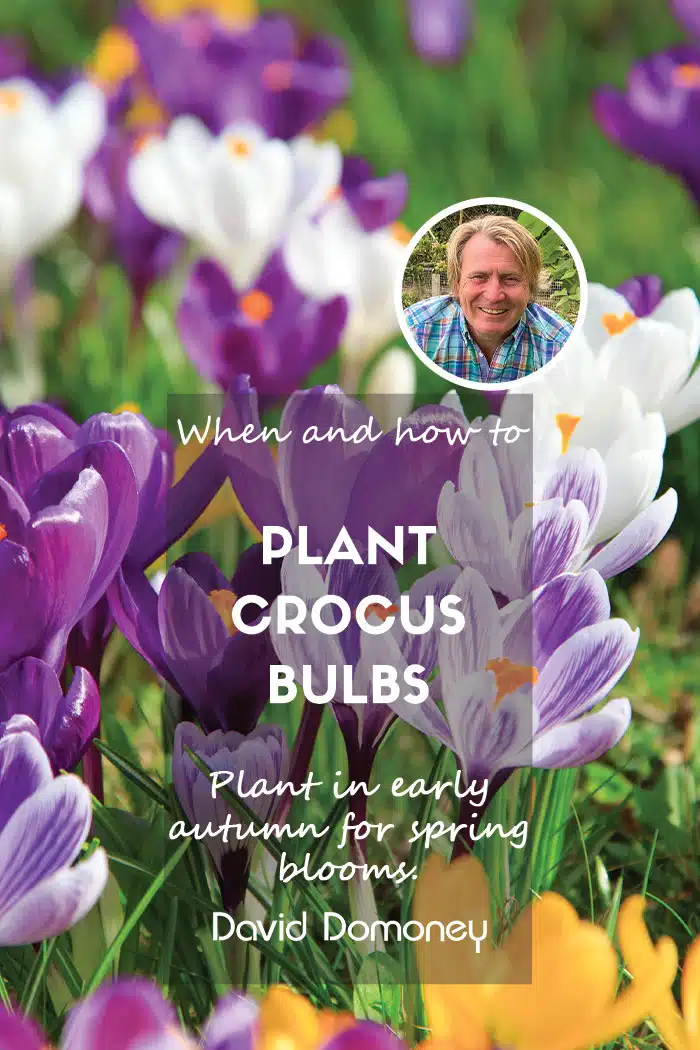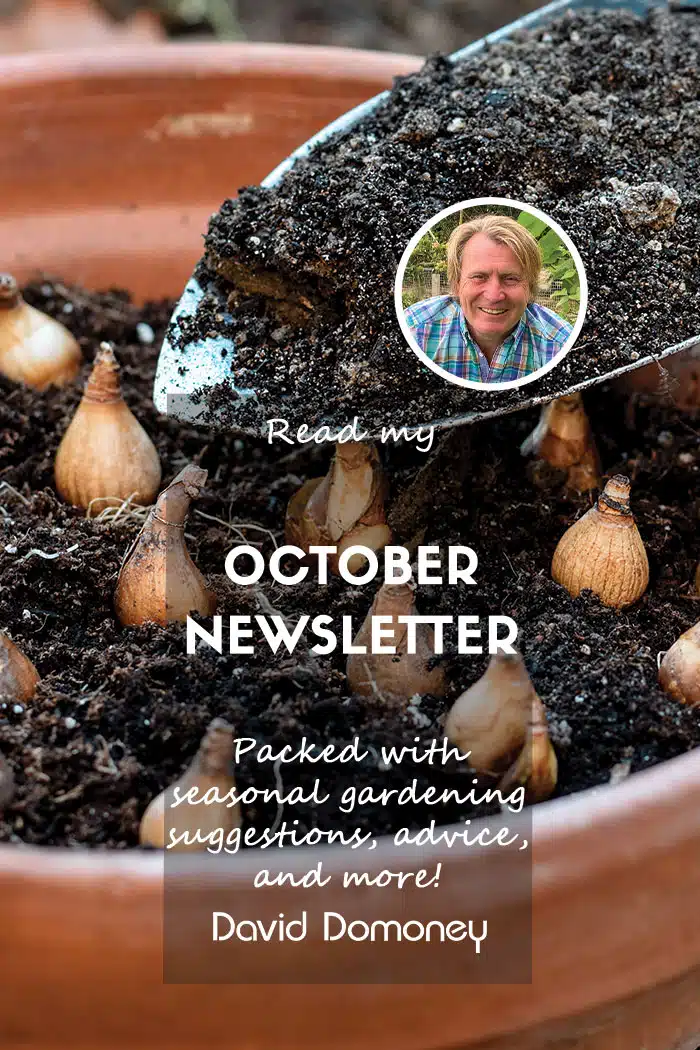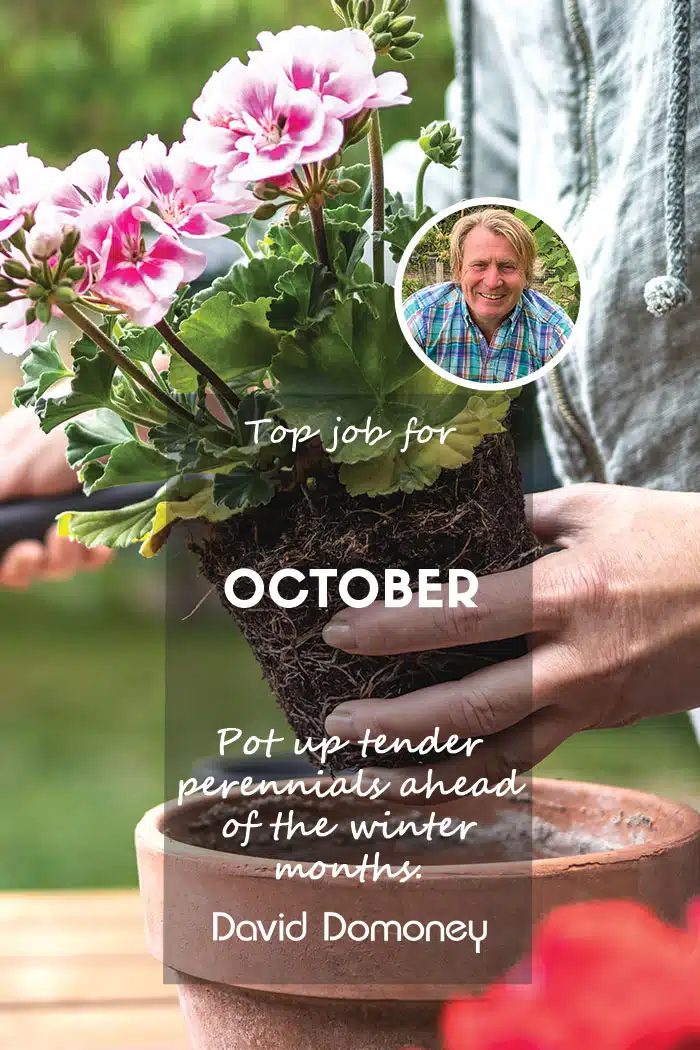David Domoney Glossary
There are currently 19 names in this directory beginning with the letter A.
Acclimatise
This is the time that you allow for your plants, particularly newer plants to cooler growing conditions. See Hardening Off.
Acid Soil
This is soil that has a pH level of below 7. Acidic soil is good for plants that are not lime tolerant as it does not contain lime. Sometimes acidic soils are caused by poor drainage, but generally the pH of your soil is a naturally occurring factor. To increase the pH of your soil, you can add lime.
Aeration
Many lawns suffer from compaction – when they get trampled on, the soil compacts, and this means that oxygen can’t get to the grass roots. Aerating (sometimes also known as spiking) is the process of pushing a garden fork about 5 inches into the soil throughout the lawn to provide more oxygen. On clay or waterlogged soils you may want to use a hollow-tine aerator which will extract plugs of soil each time. You can also buy motorised aerators, or even spiked shoes that you use to walk over the lawn!
Aerial Roots
Aerial roots are roots that are above ground and generally cling to other plants in order to keep the plant in place. Climbing plants for example have aerial roots, as do many orchid varieties.
Air Layering
This is a process that helps plants that do not easily root from cuttings, for example Magnolia or Jasmine. It means you are able to form new plants from the cuttings by wrapping the stem with damp moss, which in turn encourages new roots to form. You take the stem from the old plant, cut a small wound and wrap around that section of the stem with plastic wrapping. You then pack this sleeve full of damp moss, seal and then wait for new roots to form before you can pot up your new plant.
Algae
Algae is an aquatic plant form that can be found in pond water. It contains tiny non-flowering plants that feed on minerals found in pond water, that are a result of plant matter and soil being washed into the water.
Alkaline Soil
This is soil that has a pH level of above 7. Alkaline soil is good for plants that prefer lime, such as brassicas. It can be difficult to reduce the pH if you have alkaline soil but adding a mulch such as leaf mold could help.
Allium leaf miner
This fly was first discovered in Britain in 2002 and has quickly spread. The larvae of the fly bore into the stem causing the plant to develop infections and rot. Bulbs impacted include Leeks, Onions, Shallot, Chives, and Garlic.
Alpine
Alpines are small, compact perennial plants that are generally hardy and are tolerant of cold winters, as the name suggests. Generally they need a neutral or alkaline well-drained soil, as they don’t like wet soil. Due to their small size and drought tolerance, use in a rockery or between paving slabs is recommended. Good examples of alpine plants include Thyme and Sedum.
Anaerobic
The method by which organic matter breaks down without oxygen. Strong smelling compost that has an unpleasant odour, typically because the materials within have become too compacted to effectively break down.
Annual Plant
An annual plant completes its entire life cycle in one season. This means it grows, flowers and seeds and then dies all within a season, or for slightly longer annuals, no longer than a year.
Aphid
Small insect that sucks the sap from plants. An infestation can reduce the vigour of the plant, distort its growth, and produce a subtance (honeydew) on which sooty moulds can grow. Some species will also transmit plant viruses. Aphids are also commonly known as greenfly or blackfly too.
Apple canker
A fungal disease that causes disfiguration and sunken patches of dead bark on the branches. Any infections will occur on wounds or new buds.
Apple leaf mining moth
A small moth whose larvae develop within the leaves of apple trees. As the larvae develops into green caterpillars they feed on the leaves of the host. This moth does not have any effect on the cropping of the tree. And does not impact the healthy of the tree.
Aquatic plant
An aquatic plant can be grown in water, such as in a pond or water feature. They can be submerged but generally they float on the surface, anchored by roots from the bottom of the pond or feature. A good example of a popular aquatic plant is the water lily.
Arboretum
An arboretum is the name for a garden of trees. This might be for display or for study such as in a botanical garden.
Axil
In gardening terms, an axil is the part of the plant between a leaf and a stem, and is also the place where flowering plants develop buds. Botanists often use the axil of a plant to help identify it.




Leave A Comment